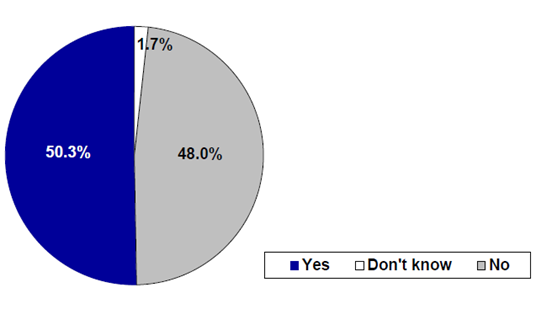The following column is by Janet Stanton, Partner, Adam Smith, Esq.
One of the most vexing issues for law firms is that of under-performing lawyers. And, let’s be clear from the get-go, we’re talking about chronic underperformance; not someone having, say, one bad year.[1]
Why is it necessary to address this issue? Quite simply, under-performers pose foundational risks to law firms; risks to both a law firm’s profitability and to its culture; damage to either can threaten a firm’s very existence. Moreover, this is an issue over which firms have complete control; unlike unexpected externalities. Importantly, there are significant upsides to dealing effectively with this issue; both financially and culturally.
I’ll talk about what firms can do about this issue later in this piece (and a hypothesis for why they find it so repellant to even think about). I’ll begin with the risks.
Let’s start with the financials
Both Thomson Reuters and Altman Weil provide compelling data sets on the danger under-performers represent to law firms.
From Thompson Reuters’s 2020 Law Firm Business Leaders Report
Risks to Law Firm Profitability
According to this survey, “under-performing lawyers” are said to represent the single highest risk to law firm profitability. Moreover, Thompson Reuters noted that in 2020 this factor is 9 pps. higher than what was reported in 2019. In fact, the only two elements on this list that firms can control are “under-performing lawyers” and “employee productivity.”
Certainly, the rough grouping of “late payments by client,” “downward pressure on fees from clients,” and “competition between law firms over fees” speaks to revenue insecurities at firms. We hear about these worries all the time; but underperformance? not so much. Why ignore the culprit in your own backyard?
Altman Weil in their 2020 Law Firms in Transition takes a different swing at the same issue.
Is overcapacity diluting your firm’s overall profitability?
They also note that the percent who answered “yes” is higher for larger firms (250 lawyers or more); 56.5%.
In the same study, the problem of under-performing lawyers is reported to be widespread.




